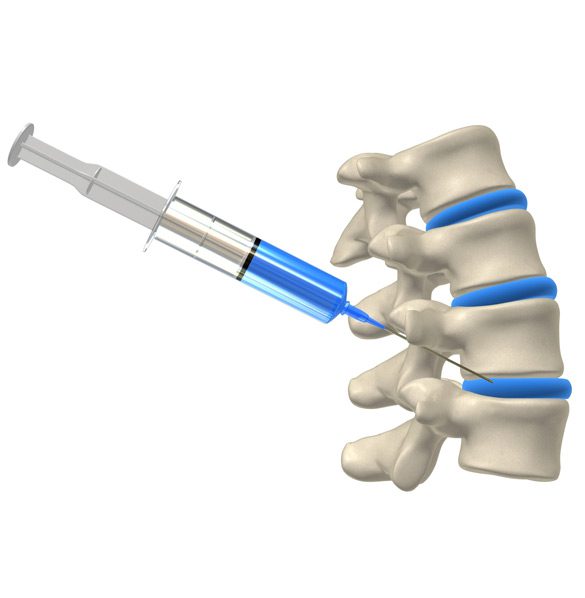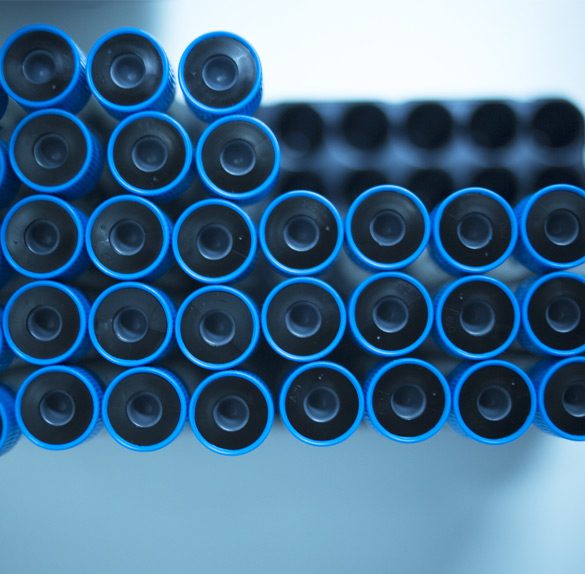Platelet rich plasma (PRP) injections primarily consist of protein-rich platelets. It’s believed that these proteins, or growth factors, promote the healthy healing of injured tissues. PRP injections are becoming an increasingly common way to soothe injured knee, ankle, shoulder, and spine pain among athletes. The injections may have equally positive benefits as a supplement to medications, physical therapy, and other standard treatments.

Platelet Rich Plasma Explained
Known for the role they play in clotting, platelets also contain beneficial proteins. Platelets have a much greater (“richer”) concentration of these growth factors than what’s found in other parts of blood. PRP injections are prepared from a patient’s own blood. The protein-rich platelets are separated from other parts of the blood to further increase their concentration and remixed with the remaining blood.
How PRP Injections Work
The PRP mixture is combined with a local anesthetic and injected directly into inflamed or injured tissues in the affected knee, ankle, shoulder, or part of the spine. It’s not known exactly why the injections work for some people. However, there is evidence suggesting the extra protein may speed up the healing process. Results from PRP injections may be affected by:
- A patient’s overall health and the location of the affected area
- Other factors that may be contributing to pain or flexibility and movement issues
- Whether or not the injury is sudden (acute) or chronic (six months or more)
Conditions Treated with PRP Injections
Many athletes with tendinosis, a chronic condition caused by repetitive motion injuries, report positive results with injections in knees, ankle, shoulders, and elbows. For chronic back pain, PRP injections are sometimes used to help fractures heal and ease discomfort from strained muscles directly or indirectly supporting the backbone, damaged or worn discs (degenerative disc disease), and joint-related irritation.
PRP Injections After Knee, Ankle, Shoulder, or Spine Surgery
Surgery can take its toll on muscles, tendons, and ligaments that may need to be moved or cut to reach the affected area. PRP injections are sometimes used promote tissue and wound healing. With spinal fusion surgery, platelet rich injections may stimulate bone formation. There are also instances where PRP injections are given to patients after surgery for torn rotator cuff tendons in shoulders and anterior cruciate ligament (ACL) repair and other common knee procedures.

PRP Injections for Chronic and Acute Injuries
PRP injections are commonly used to treat chronic tendon injuries. There is promising research suggesting the injections may be effective for chronic ankle conditions such as Achilles tendinitis and pain stemming from inflamed knee tendons (patellar tendonitis or “jumper’s knee”). Professional athletes frequently have PRP injections to assist in the healing of acute muscle and ligament injuries like muscle sprains.
Used to promote cell regeneration since the late 1980s, PRP injections for knee, ankle, shoulder, and spine injuries aren’t meant to replace existing treatments. There is credible evidence suggesting injections may reduce discomfort and improve function of the affected area in individuals with certain chronic conditions. Risks are minimal and patients may enjoy consistent relief when PRP injections are combined with other pain management techniques.
